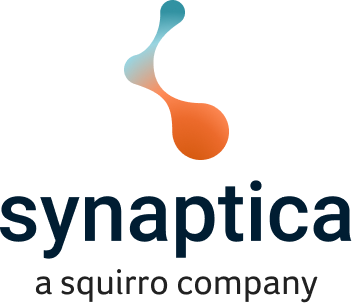In our latest Insights case study Synaptica talks with Veronique Moore, Senior Data Representation Specialist at Elsevier. Elsevier provides information and analytics that help institutions and professionals progress science, advance healthcare and improve performance. Veronique talks about her role and managing taxonomies at her organisation. She studied at INaLCO in Paris and is based in Amsterdam.
Tell us about your organisation
VM: Elsevier is a global data and analytics business that was originally founded in 1880 as a publishing company. Today we produce over 20,000 products for educational, professional science and healthcare communities, along with data and information services. We are a global business with offices around the world. I work closely with colleagues in different business units; my main role is to model data and vocabularies.
Why did you need a taxonomy management system?
VM: Different products and services in Elsevier use vocabularies in their back-end, may they be small or large, complex or simple, multilingual or mono-lingual. Some of these vocabularies are developed in symbiosis and most of them are subsequently developed by a team of Knowledge Representation Experts. We needed a vocabulary management system to streamline our vocabularies workflows, including linking and multilingual development. This was a major challenge.
Tell us about the selection process?
VM: The process of identifying a vocabulary management product that would work for us began in 2012. We looked at a variety of providers and products. There was a lot of intensive research. We chose Synaptica KMS after an extremely thorough process, involving a list of concrete specifications.
Our main reason for choosing Synaptica KMS was due to the integral flexibility of the software and its unique provision. Synaptica KMS provides streamlined standardized vocabulary management. This flexibility was essential for our needs.
Were there any other major challenges to implementation?
VM: Although we use the standard KMS framework the Synaptica team did enhance and adapt the product specifically for our needs. As they added components and additions to the software through testing and development, they needed additional training resources to work on resolving any emerging limitation.
What features of our product do you like?
VM: Categories, without a doubt the categories element is a winner. The adaptability of adding non-hierarchical information to concepts, such as ad-hoc non-hierarchical grouping, stands out. Having this flexibility from our taxonomy management software is vital.
We find that the flexible, scalable elements in the system helps us operationalize business semantic requirements as well as optimize information access. This adaptability enables the design of new metadata, facilitated by new UI screens. Without getting too technical, additional properties can impact on data representation, processes and rules quickly. Flexibility allows us to manage hundreds of vocabularies and thousands of terms simply.
 What advice do you have for others developing a taxonomy management project?
What advice do you have for others developing a taxonomy management project?
VM: I would recommend you sit down, don’t be overwhelmed by all the different options. You need to be prepared for a steep learning curve. Take it step by step, complete one action after another, then repeat.
Also make sure that you design your vocabulary based on actual needs and then see how the Synaptica KMS tool allows you to implement the standard representation for these needs.
What do you think are the biggest challenges for your industry?
VM: Vocabularies management, particularly the management of complex ones is surely a challenge, but the integration of data, metadata and knowledge in an efficient environment for answering our clients’ needs is the next big step. In this game too, a vocabulary management system has a part to play.
Synaptica Insights is a new series of case studies sharing stories and learnings from Synaptica customers, partners, influencers and colleagues.




